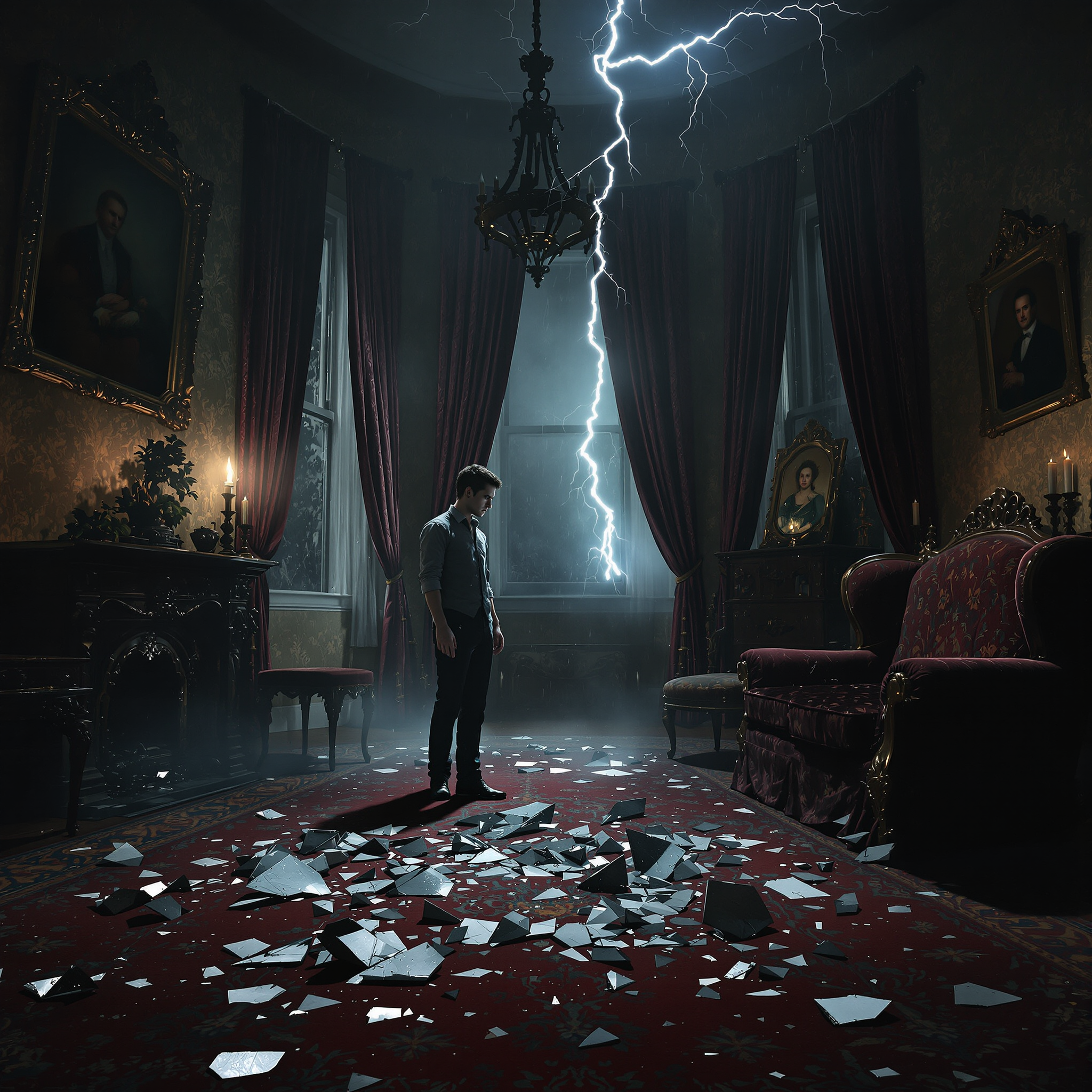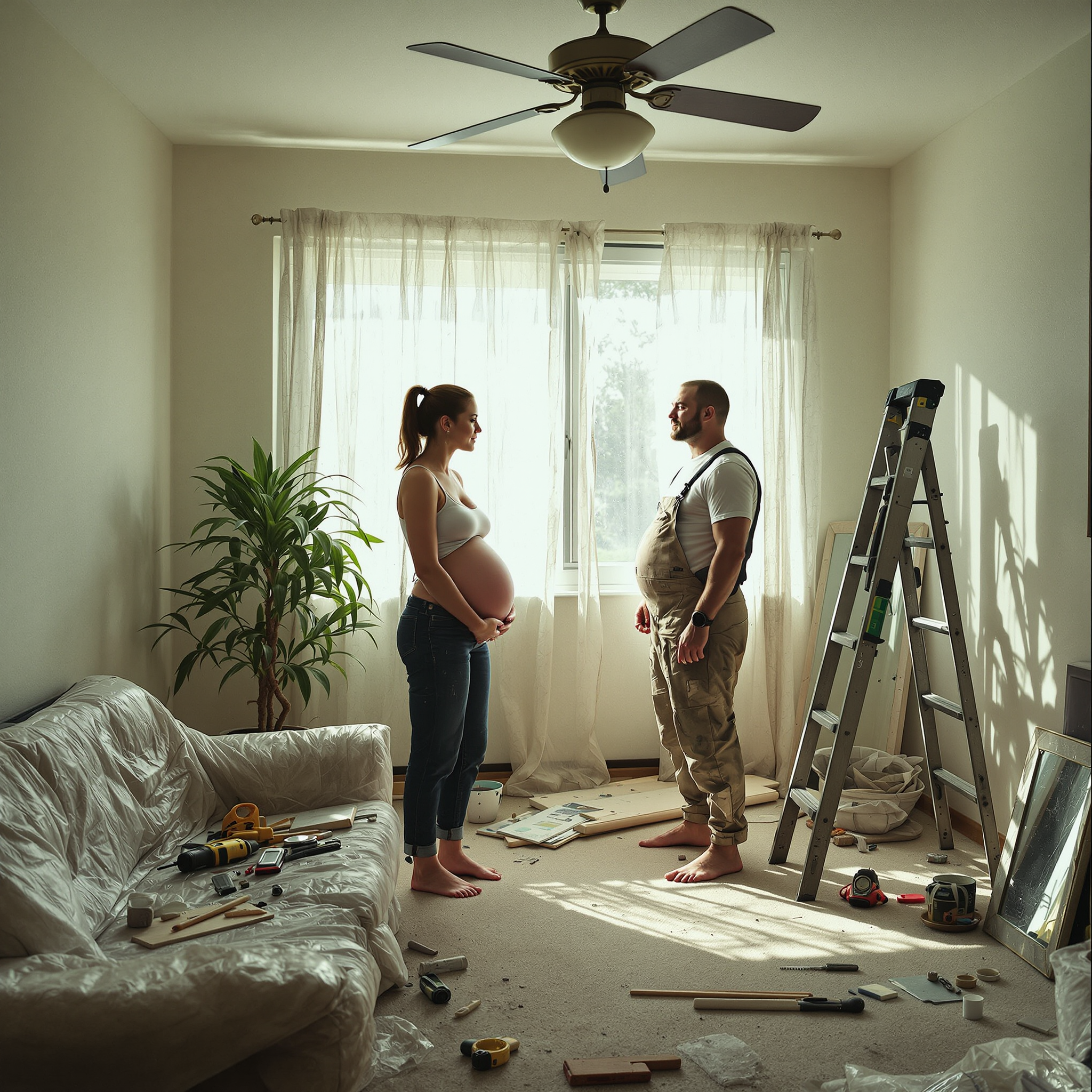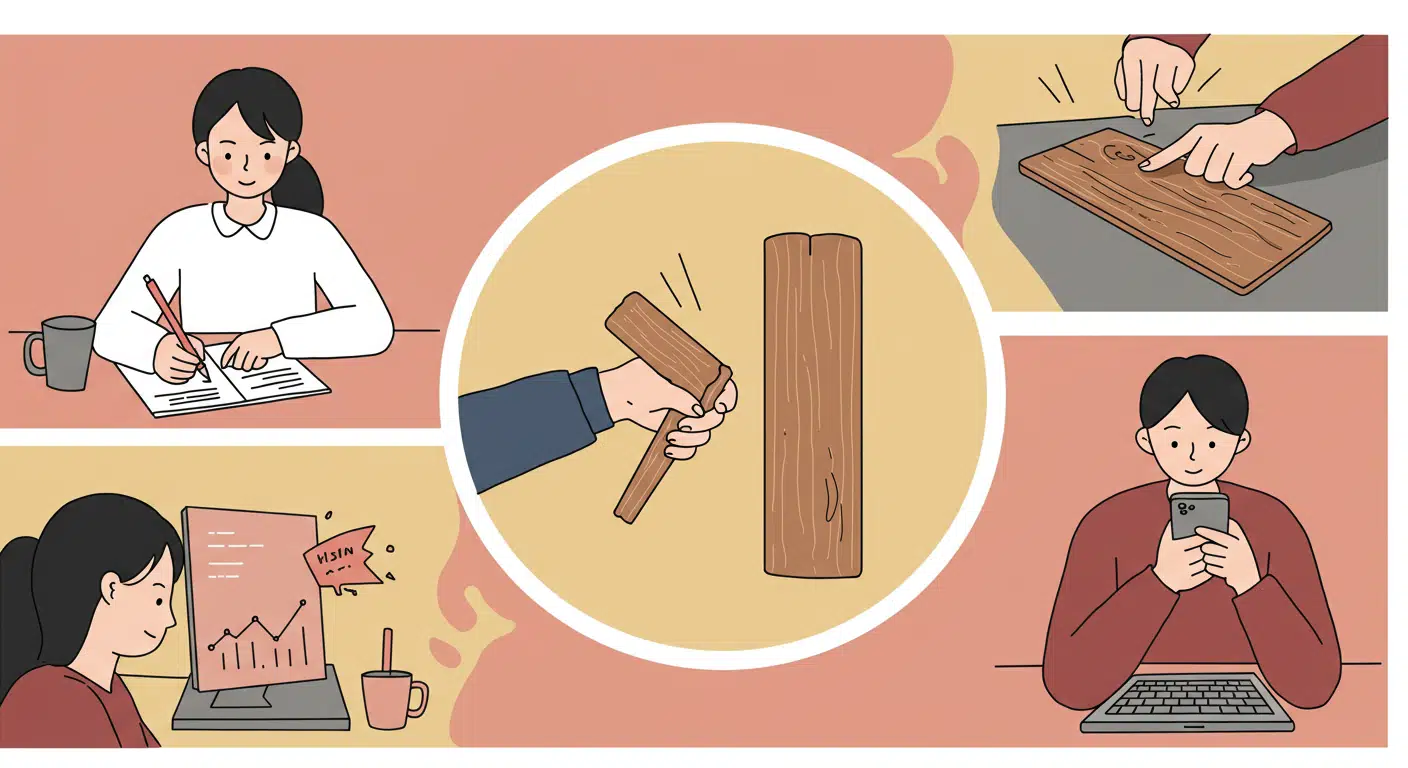According to traditional belief, shattering a mirror brings a powerful curse, symbolizing the disruption of a person’s soul. In some versions of this superstition, particularly in Western cultures, breaking a mirror is thought to lead to the death of a relative within the year. This belief often stems from the idea that a mirror reflects not only one’s physical appearance but also the spiritual self. The broken shards are said to fracture the soul, inviting misfortune or death into the household. Some variants suggest urgent remedies, such as burying the broken pieces under moonlight or throwing them into a flowing river to mitigate the bad luck. Though often associated with the general superstition of ‘seven years bad luck,’ this harsher version intensifies the fear by predicting a death in the family, emphasizing mirrors as portals to fate or soul-traps.

A baby’s future career or fate is predicted by the first object they select during a ceremonial setup.
In several Asian and Eastern European cultures, a traditional ceremony is held for babies usually around their first birthday. Known


